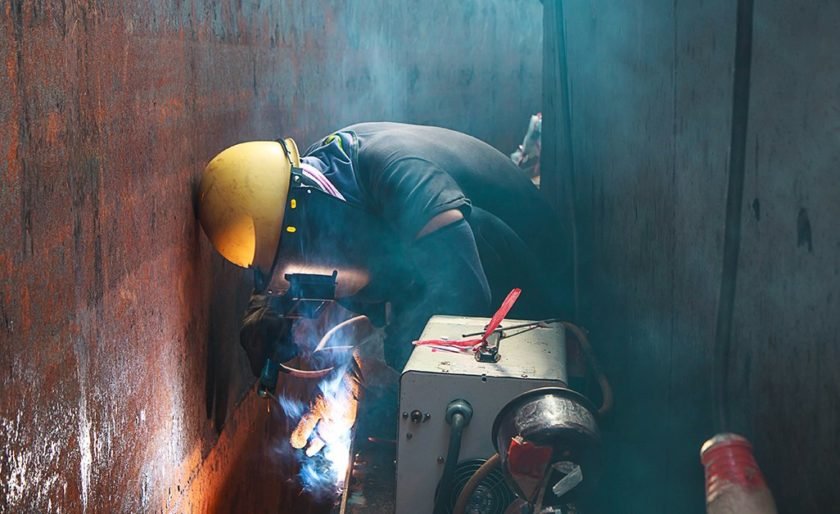
Articles by Safety Services Management

Pros and Cons of In-House Versus Third-Party Confined Space Rescue Teams
When it comes to managing confined space safety, organizations face a critical choice: develop an in-house 'Confined Space Rescue Team' or hire external 'Confined Space Rescue Services.' In-house teams offer familiarity with the site and integrated team dynamics, which can enhance the speed and coordination of emergency responses. However, they require significant investment in training and equipment. On the other hand, third-party services bring specialized skills and reduce organizational liability, offering flexibility without the ongoing costs of maintaining a dedicated team. Despite these benefits, external teams may lack site-specific knowledge, which can impact the efficiency of their interventions.

Confined Space | Take care of your employees
WHAT IS A CONFINED SPACE?
According to OSHA, a Confined space means a space that: (1) Is large enough and so configured that an employee can bodily enter and perform assigned work; (2) Has limited or restricted means for entry or exit (for example, tanks, vessels, silos, storage bins, hoppers, vaults, and pits are spaces that may have limited means of entry.); and (3) Is not designed for continuous employee occupancy.

Atmospheric Hazards within a Confined Space
An incident last November 2021 caused the life of a 35-year-old worker. The worker lost consciousness after descending into a regenerator overflow well at the Benicia refinery to evaluate the condition of the well interior and perform cleaning operations in advance of a welding crew.

